Matters of Scale, Bricks Magazine #13
This article explores how to create great LEGO models at any scale. The article expands on the brief introduction to scale on page 175 of my book, The LEGO Architect.
Nine months ago, my book ‘The LEGO Architect’ was published by No Starch Press. It has been a tremendous pleasure to see the warm response from both the LEGO and Architecture communities, and I have spent a lot of time since then supporting the book release by doing book signings, talks, attending LEGO conventions, and even a radio interview.
I am excited to share some new content related to LEGO and architecture! The brand new 13th issue of Bricks Magazine includes two sections which I wrote: a new article I wrote about Scale, and instructions to build a nanoscale LEGO model.
The magazine gives me a chance to continue the story I started with my book.
‘Matters of scale’ article
The 6-page article explores the topic of Scale in LEGO model building in depth. It begins with an introduction to the concept of scale. The bulk of the article explores how to include figures in your LEGO models, including the range of scales from rather large Miniland figures all the way down to the tiny new Trophy fig.
The opening spread helps readers understand how a larger scale can allow you to add more detail, thanks to three models of The Bauhaus (1926, Dessau, Germany, architect Walter Gropius). LEGO Artist Gary Garvin created three models of the building at roughly 1:150, 1:300, and 1:600 scale. The 1:150 scale model is most detailed since it is the largest, but my favorite is the middle size as it has a good level of detail in a reasonable sized model.

The article includes lots of illustrations including this one exploring proportions of the classic LEGO minifigure.
I take pride and pleasure in finding the right way to convey my ideas through a combination of photos, text, and illustrations. For this article, I created several illustrations to help readers visualize the concepts covered in the text. These illustrations showing the absurd proportions of the classic LEGO minifigure are fun. (Did you know that a 6′ tall human with minifigure proportions would be around 600 pounds?)
The second illustration shows the various LEGO figure types in detail. I ensured that this illustration appears “Actual size” in the magazine as it reinforces the huge difference between the 1:17 scale commonly used to create Miniland figures, versus the 1:130 scale for the recently released Trophy Fig LEGO element.
Nanoscsle Geisel Library
I am also excited that the same issue features my instructions to build a nanoscale re-creation of the Geisel Library at UCSD (San Diego, California.)
I am really happy with how this came out as well. I took the opening photo in my front yard, and I love the juxtaposition of the verdant garden and the LEGO model. The instructions follow the crisp style that I used for the instructions throughout my book. I would have liked to use the same fonts that I used in my book because they more closely match official LEGO set instructions, but Bricks prefers to stick to a pretty strict set of fonts in their magazine which is understandable.
Other LEGO Architecture articles
This is a great issue for LEGO Architecture enthusiasts. The cover of the issue is the newly released Big Ben model in the Creator Expert series. There is also a review of the 2016 Burj Khalifa set in the LEGO Architecture series, which is a re-intepretation of the poorly received 2011 version.
Not only will you get to enjoy my article and instructions, but there are two additional features looking at two talented LEGO Architecture builders who are also featured in my book.
In ‘Skyscraper Secrets’, we get to see some of Rocco Buttliere’s amazing 1:650 scale skyscrapers. The coolest part is that the article includes insets showing some of the tricks he employs to create such beautiful models.

‘Wonders of Engineering’ looks at Adam Reed Tucker’s new exhibit at the Museum of Science and Industry.
In the article ‘Wonders of Engineering’ we get to see some of the amazing and diverse models that LEGO Certified Professional Adam Reed Tucker built that are on display in a new exhibit at the Museum of Science and Industry (MSI) in Chicago, Illinois. I am pleased to say that I saw the show while visiting Chicago for Brickworld 2016, and I hope to share more detailed thoughts on the exhibit sometime soon.
The magazine also offered my first chance to design a full-page magazine advertisement for my book. I hope that it captures the attention of their readers and helps more people discover my book. (If you haven’t learned about my book yet, please visit http://brickarchitect.com/book/ )

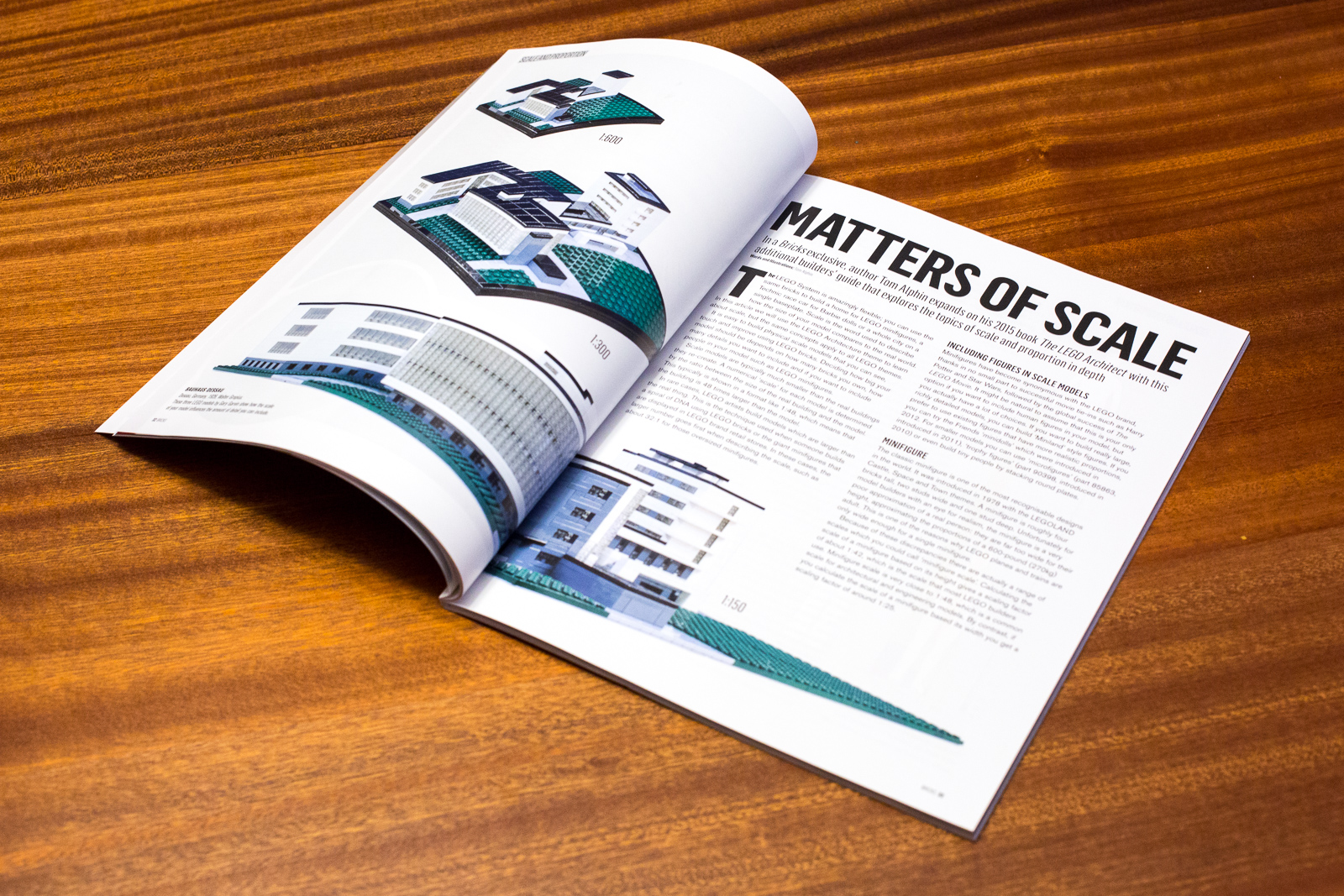
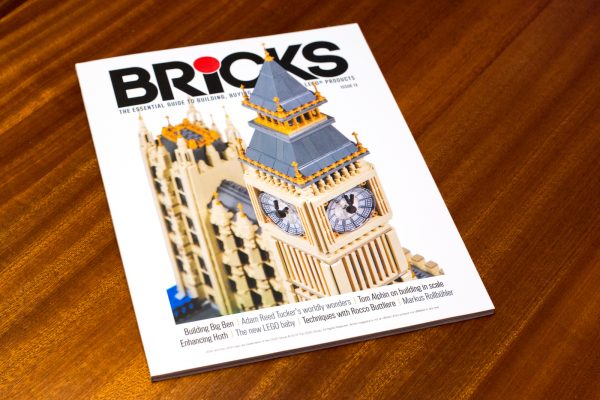
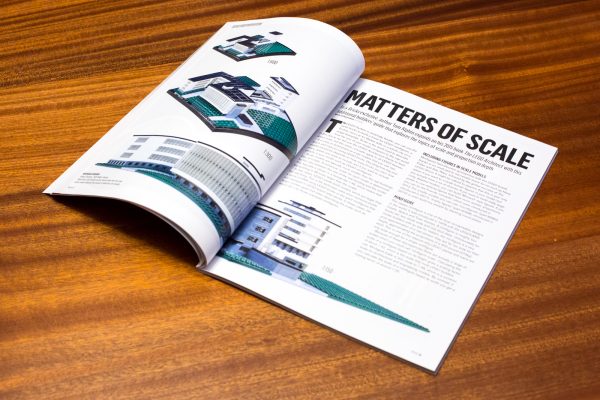
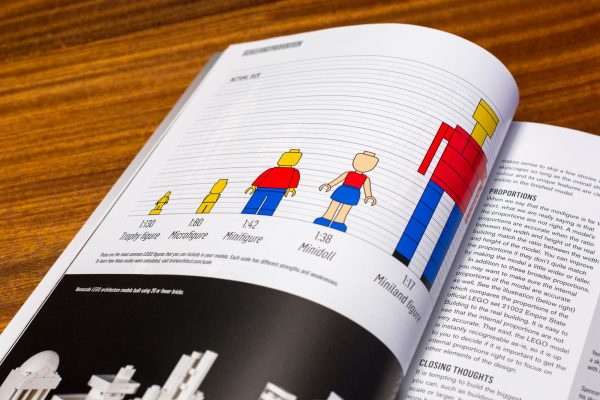
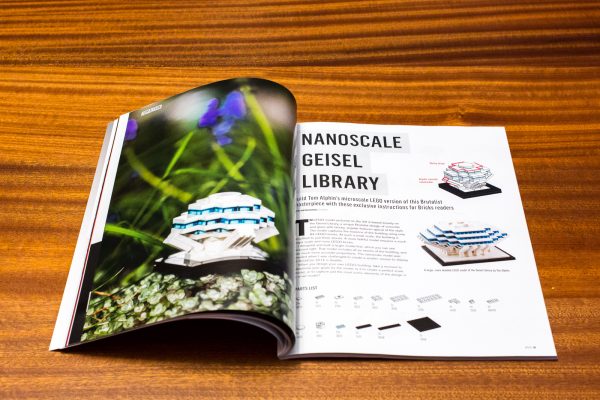
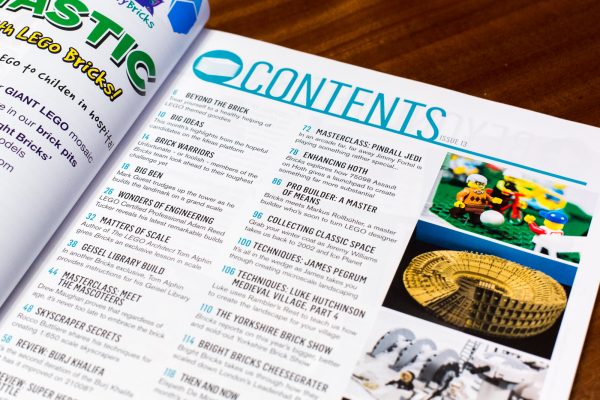
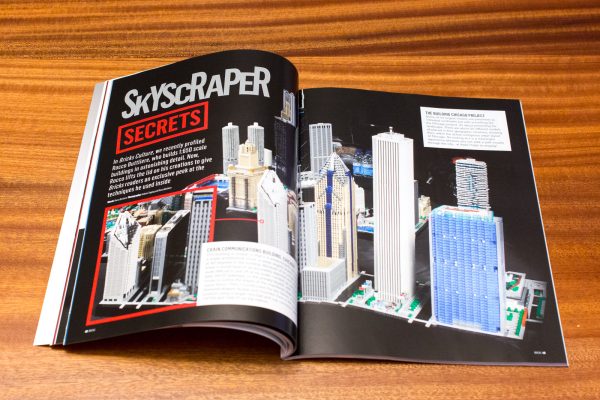

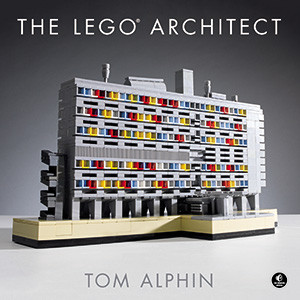
Loved reading this. Thanks so much for sharing. I’m working on a very large baseball stadium (7×7 baseplates at the moment) and have never been totally clear on scale issues.
For a 1:650 scale, for example I’ve struggled with what unit these numbers represent. Would it be 1 “p” or 1 stud (which as I understand would be 5p – the width of 1 brick)? For example, in my infield for baseball, it is 90′ down to first base and I counted around 45 studs on my build which means it’s around 1 stud per 2 feet. But because those units are not the same, I’m pretty sure it doesn’t equate to a standard scale.
I’d love any insight you can share to help me clarify. I’m looking to also go upwards with additional seating and need to set some boundaries for myself before I design further. Thanks!
Andy, the calculation of scale is simply based on how many times larger the real object is compared to the LEGO model. In the case of a baseball stadium, you need to get some accurate measurements of the real building.
For example, I just used Google Maps “satellite” view to measure the length of the big brick wall at Camden Yards. It’s about 1,034.64 ft (315.36 m) (since it’s longer than the stadium). If we wanted to make a 1:650 scale model, we divide that by 650, resulting in 1.59′ (48.5cm) in length. Now, you need to convert 48.5cm to brick width, since this is a horizontal measure. (Each brick is 5p wide, so 1.6 mm/p × 5p = 8mm per brick.)
48.5 / 0.8 = 60.6 Bricks!I hope this is a helpful example! (Naturally, when calculating height, you want to use the height of a brick instead, which is 6p × 1.6 = 9.6mm per brick.)
Sincerely,
—Tom
Dear Tom,
I hope this message finds you – I’d like to ask you about images of Gary Garvin’s LEGO-Bauhaus as he forwarded me the link to your site and article!
We’re planning an exhibition where Gary’s model will bei displayed and I’d be very happy to hear from you!
With best regards,
Sophia
I’m glad you were able to contact Gary and showcase his LEGO model at your exhibition. My favorite thing about his model is that he built not just one, but three versions at different scales. The larger ones showcase a lot more detail, but the smaller one captures the essence of the building beautifully with fewer parts.
Sincerely,
—tom